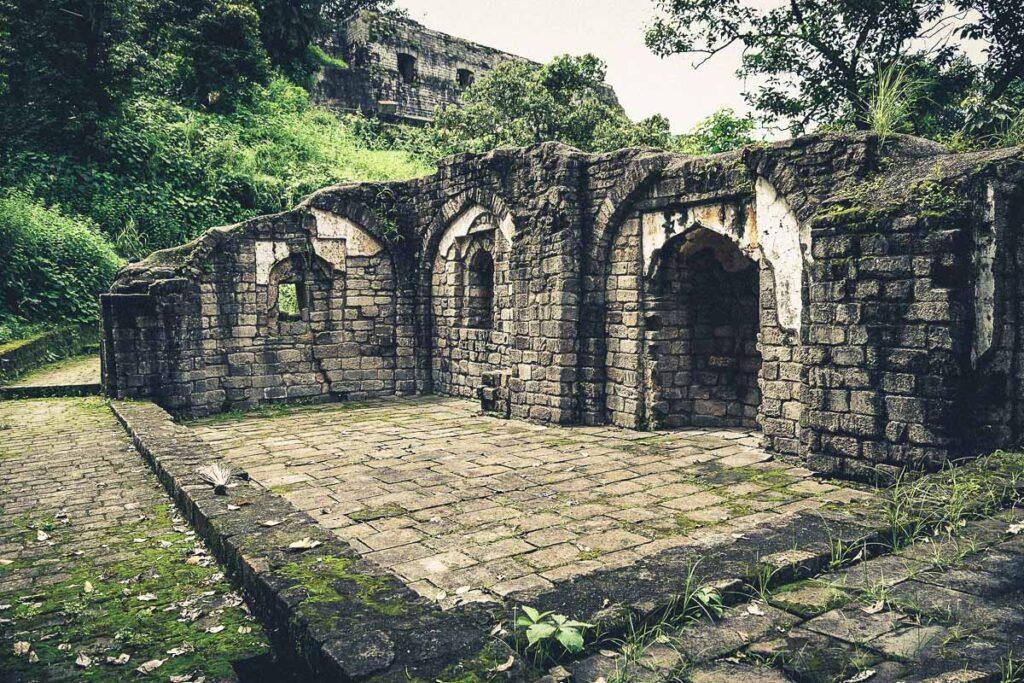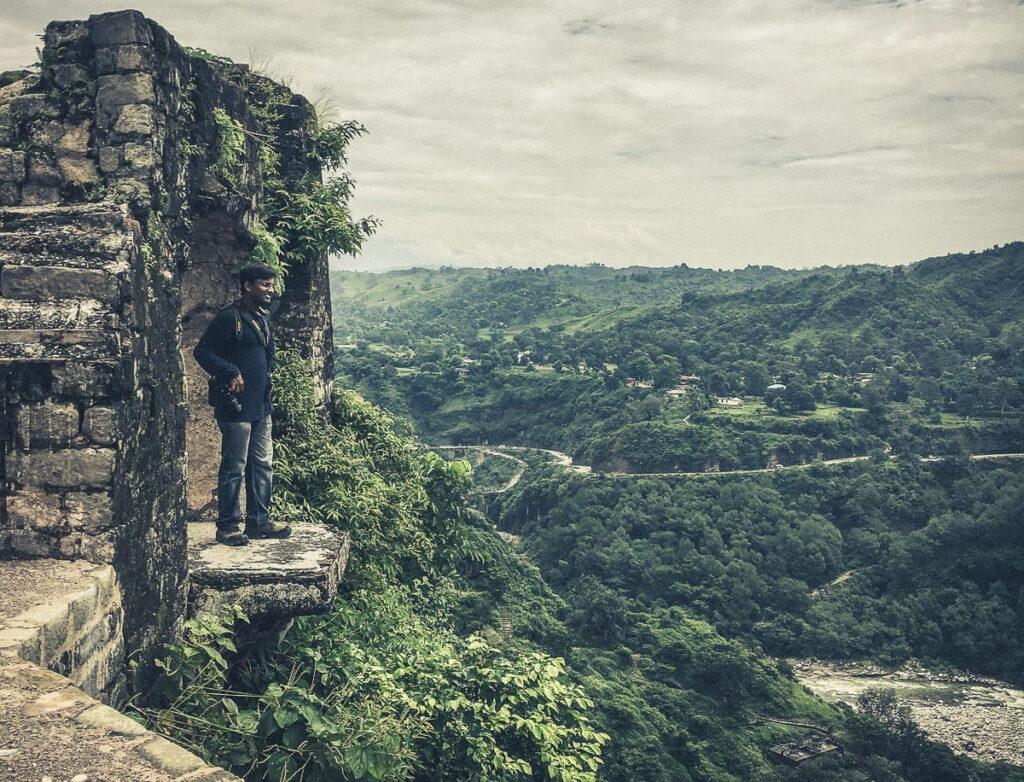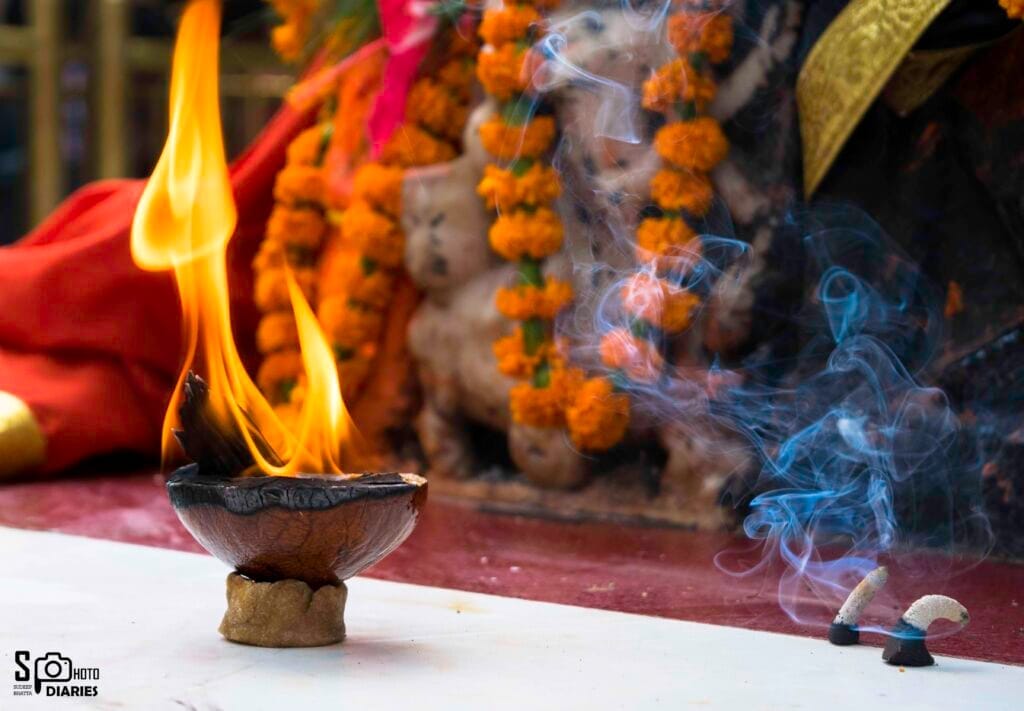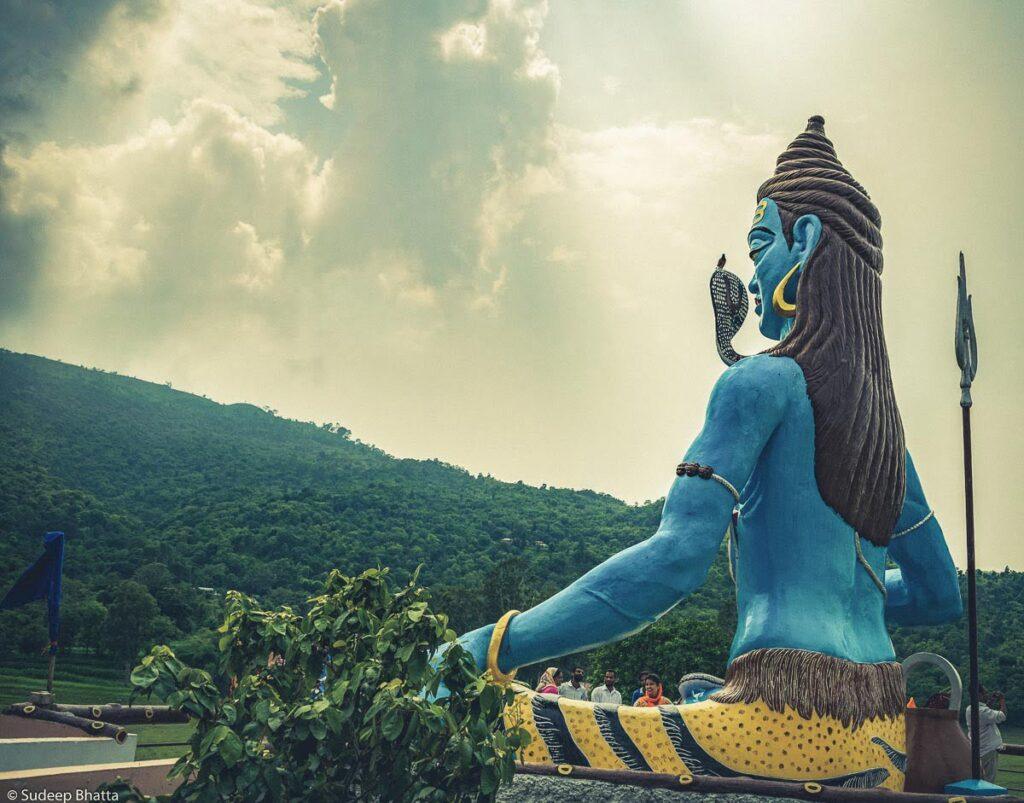Our history is being ruled by lots and lots of developments by humans as well as lots and lots of demolitions by nature. Earthquakes, hurricanes, tornados, and wild thunderstorms have devastated the preservation of many countries, causing casualties, some resulting in the total demolishment of particular places and monuments.
I was in search of something like this only, wanted to become a historian for a few hours, so I planned to visit the oldest fort in India, Kangra Fort.

The day was August 28, 2016, I and my friend Ramesh Sharma got ready to trip to the old fort. We searched a few things and particular places on the internet and found a famous and oldest fort in India residing in the valley of Kangra, The Kangra Fort, one of the most captivating tourist sites.

In the morning, after having our breakfast and filling up our tummies with tea and bread, and parathas, we started our journey to Kangra in search of the hidden story and historical myths behind it. Passing through the running water striking the pebbles swiftly, the lofty rail bridge and soil water under it was making the view all the more out of sight.

In a few hours through the national highway of hills, we reached Kangra. The Kangra fort is a few kilometers behind the mainland of Kangra. The turning ridges covered with green were turning our minds too. The clear skyline had covered the environment in its blueness.

From the main road itself, the fort of Kangra is visible, which looks fascinating and majestic. The last time when I traveled up to Mcleodganj through Kangra, this fort took my attention, and on that day itself, I started making up my mind to just drop into this place for once and feel the strength of the powerful walls of Kangra fort that stand impressively.

We parked our bikes and took tickets with an audio guide, for which we were assured that the whole fort would be much easier to navigate through.

The fort complex covers an area of about a mile. The entrance of the fort was quite beautiful, as the lawns are properly maintained. The fort is fed by a canal, locally named khadd. As we planted our eyes on the beauty of the walls, we noticed, as if the Indian government is working on some project to save the national heritage of India. Soon we came to the great entrance of the Kangra Fort.

An interesting part that we came to know through the audio guide, and that also for the first time, was that whenever you are about to enter any gate, first you should put your feet inside and then the head, else if you bent down first inside followed by your feet, then the enemy might use it as an advantage to cut your head off.

The walls were covered with mosses like curtains, which gave a wonderful contrast to the texture of the rocks. The tiny plants protruding in between the cracks of walls were wet with moisture.

The audio guide narrated the history from the very beginning about the origin of the fort, and how generations by generation, their prosperity spread to the whole continent, the collapse of the empire during the British rule over India, and then the demolition of this wonderful and characteristic fort.

The fort was then fulfilled with wealth and riches, but as the riches grow, the prowlers on their way snatched the rich heritage thus converting it into ruins. But that was not just enough. Nature too acted as the prowler. In an earthquake of 1905, most of the part of Kangra Fortress was destroyed. The wet floors were riveting.

People say that there were lots of wells dug where the wealth was buried and stored, not only in the form of gold and gems but also as raw food materials. But the deadly earthquake took away all.

While roaming in the fort, I was feeling a deep sorrow inside, as the great empire was broken into pieces, and in today’s time, very little attention is given by the regulatory authority to maintain it. The natural colors were faded and the grey overtook everything like a coffin.

If this type of condition persists every time, then in very few years, the forts like Kangra and Bajwara, our famous citadels will just be wiped off from the memory of humanity and pages of our heritage. There will be nothing left for our future generations except the loaded history chapters in their libraries and the number of historians working to fill up the pages for the coming years.




Pingback: Kangra 2 “Bajreshwari Devi Temple” – Traveler Tree